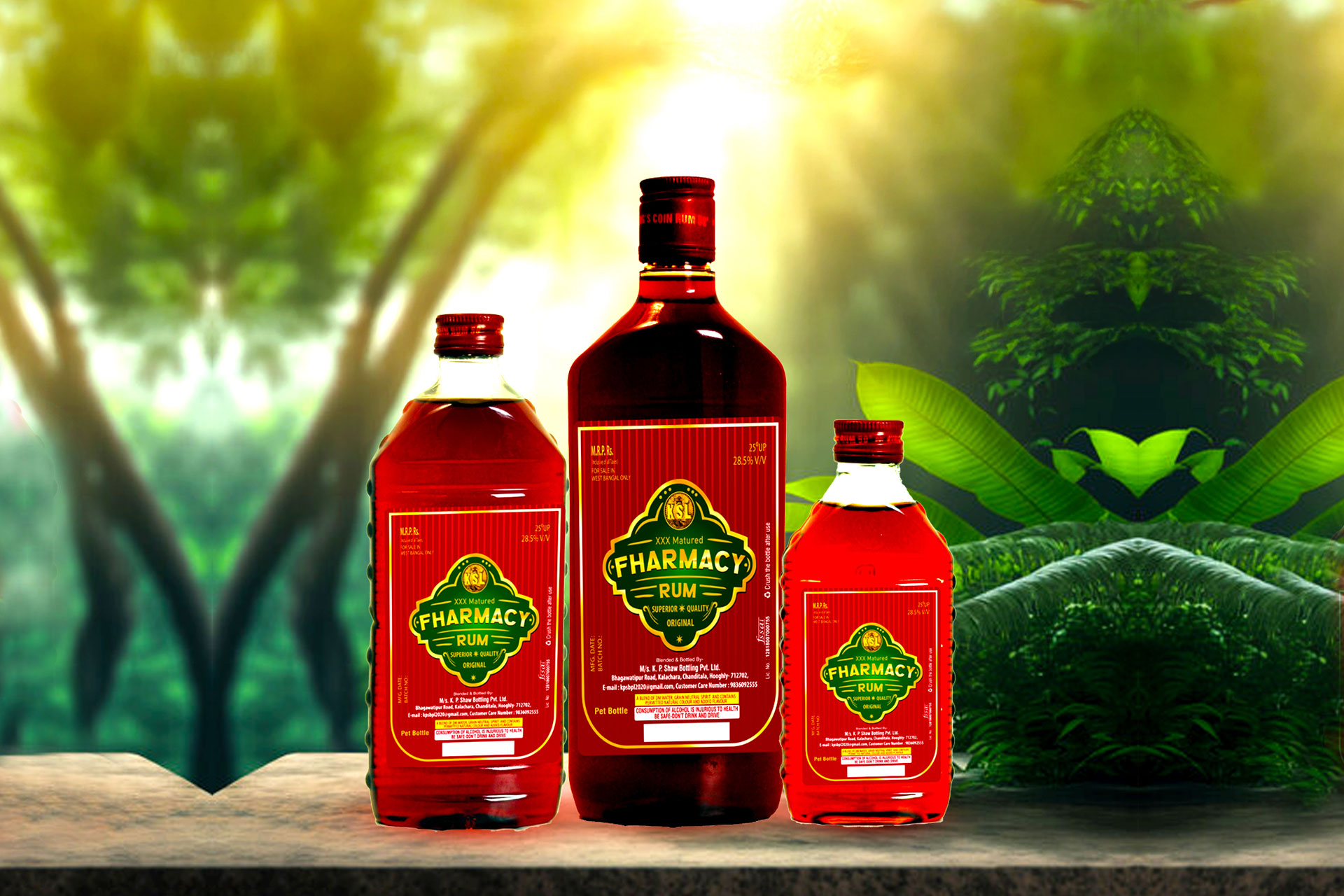Whiskey, often considered the “water of life,” is more than just a drink—it’s a crafted experience rooted in tradition, precision, and culture. From its meticulous manufacturing process to the final sip savored in good company, whiskey’s journey is one of patience, artistry, and appreciation. Here's a closer look at the life of whiskey, broken into three distinct phases:
• Distillation: The Art of Creation The whiskey-making process begins with a handful of essential ingredients: grain, water, and yeast. Whether it’s malted barley, corn, rye, or wheat, the choice of grain heavily influences the character of the final product. The grains are mashed, fermented, and distilled—often in copper pot stills or column stills, depending on the style. During distillation, the alcohol is carefully extracted and purified, with distillers discarding impurities and selecting the "heart" of the spirit. The skill and timing involved here are crucial, as even minor variations can affect flavor, strength, and smoothness. After distillation, the clear spirit is ready for aging—a process that transforms it into whiskey.
• Maturation: The Influence of Time and Wood What truly defines whiskey is its aging process. The spirit is poured into oak barrels—often charred or previously used for wine, sherry, or bourbon—and left to mature for years, sometimes even decades. During this time, whiskey absorbs the character of the wood, developing rich notes of vanilla, spice, caramel, smoke, or fruit, depending on the barrel and environment. Temperature shifts, barrel rotation, and even warehouse location can impact the final flavor. This aging not only adds depth and complexity but also softens the spirit, creating a smoother, more balanced drink. No additives are used—just time, wood, and patience.
• Consumption: A Personal and Cultural Experience Whiskey reaches its final stage in the hands of the consumer, where the experience becomes deeply personal. Some prefer it neat, to savor its full complexity, while others enjoy it with a splash of water or over ice to open up the flavors. Whiskey cocktails like the Old Fashioned or Manhattan highlight its versatility. Beyond the glass, whiskey often plays a cultural role—shared during celebrations, rituals, or quiet moments of reflection. Whether sipped slowly or mixed creatively, whiskey is more than a drink—it’s a story in every pour. From grain to glass, whiskey’s journey is a remarkable blend of tradition, science, and passion—an enduring spirit crafted for both connoisseurs and casual drinkers alike.


